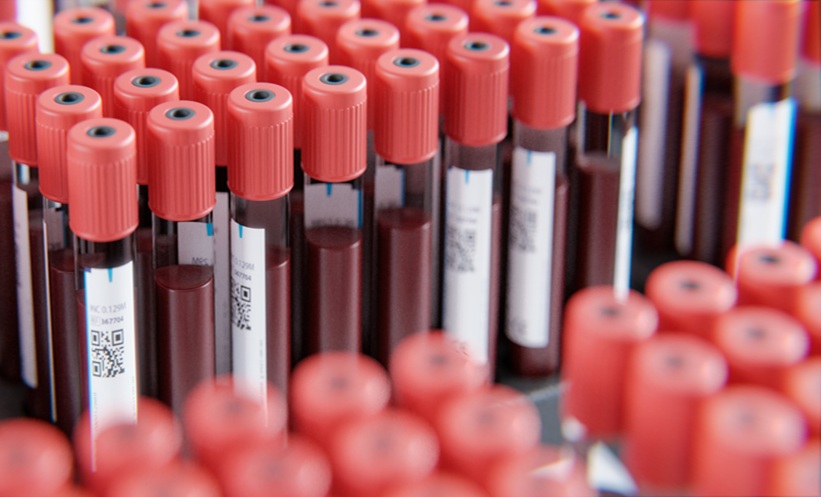Abstract
Introduction: Several evidences have pointed out the possible association between Metabolic Syndrome (MetS) and low urinary tract symptoms (LUTS)/benign prostate hyperplasia (BPH). Recent epidemiological and histopatological evidences suggested chronic inflammation is a crucial event in BPH pathogenesis. Aim of this study is to demonstrate the correlation among pre-operatory LUTS/BPH severity, MetS features and inflammatory infiltrates in prostatectomy specimens of patients with BPH, highlighting the results of two recently published multicentre studies analyzing all the data from a preclinical and clinical point of view.
Materials and methods: We conducted two retrospective study in 271 and 244 consecutive men treated with simple prostatectomy for LUTS/BPH in two tertiary referral centres. Prostate diameters and volume were measured by transrectal ultrasound, LUTS were scored by IPSS, and obstruction diagnosed by uroflowmetry. MetS was defined according to DF & AHA/NHLBI criteria. The inflammatory infiltrate was investigated according to the scoring system of chronic prostatitis (CP-CPPS) and scored as inflammation score (IS) ranging 3 to 9 and glandular disruption (GD). In addition, we investigated the in vitro inflammatory effects of metabolic insults on human prostatic myofibroblast cells isolated from BPH patients (hBPH).
Results: Of 271 men, 86 (31.7%) were affected by MetS. Prostatic volume and the anterior-posterior (AP) diameter were positively associated to the number of MetS components. Among MetS determinants, only dyslipidaemia (increased serum triglycerides and reduced serum HDL levels) was significantly associated with an increased risk of having a prostatic volume >60cm3. IS in prostatectomy specimens showed a step- wise association with number of MetS factors (p=0.001). Dyslipidaemia was the only factor significantly associated with IS. Positive significant correlations among MetS, IS, GD and IPSS Scores were observed. In myofibroblastic hBPH oxidized low-density lipoprotein (oxLDL) showed the highest secretion of IL-8 (>10-folds)-a surrogate marker of prostate inflammation-as well as IL-6, and bFGF.
Conclusions: MetS and dyslipidaemia are associated with prostate overgrowth and inflammation. In particular, with a selective increase of prostatic AP diameter, leading to a modification of prostatic shape. Hence, MetS can be regarded as a new determinant of prostate inflammation and BPH progression in men with severe LUTS.
Please view the full content in the pdf above.







